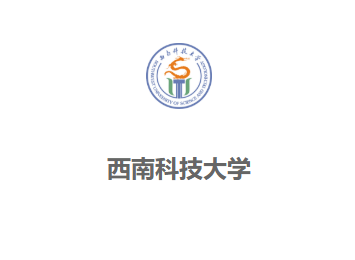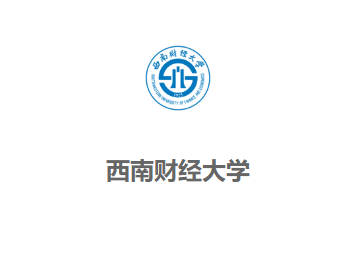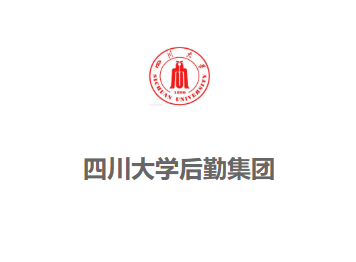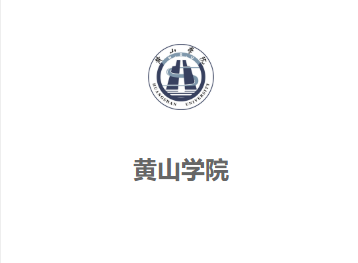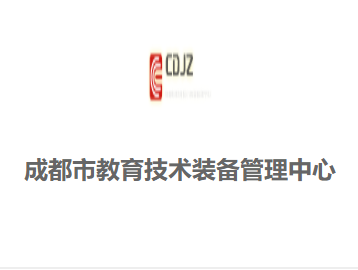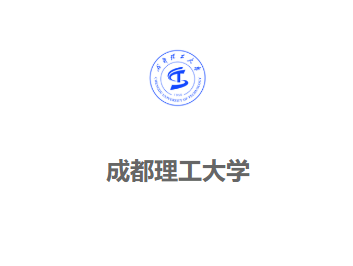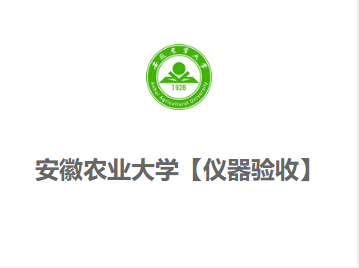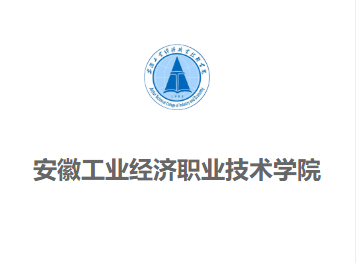JH60A-Electromagnetic Field Hall Effect Test System
-
JH60A Hall Effect Tester - Electromagnet Type
Hall effect tester is used to measure the carrier concentration, mobility, resistivity, Hall coefficient and other important parameters of semiconductor materials, and these parameters must be controlled in advance to understand the electrical properties of semiconductor materials, so it is necessary to understand and study Essential tools for the electrical characterization of semiconductor devices and semiconductor materials.
The instrument is a Hall-effect instrument with stable performance, powerful functions and high cost performance. It has a wide range of users and knowledge in domestic universities, research institutes and the semiconductor industry. The instrument is lightweight, convenient and easy to carry. It is mainly used to measure important characteristic parameters of electronic materials, such as carrier concentration, mobility, resistivity, Hall coefficient, etc., either thin film or solid materials.
product description:
The instrument system consists of: electromagnet, high-precision power supply, Gauss meter, high-precision constant current source, high-precision voltmeter, Hall probe, cable, standard sample, sample mounting frame, and system software. The JH10 effect meter specially developed for this instrument system integrates a constant current source, a six-and-a-half-digit microvoltmeter and a complex cut-matrix switch for Hall measurement, which greatly simplifies the connection and operation of the experiment. JH10 can be used alone as a constant current source and a microvoltmeter. It is used to measure important parameters such as carrier concentration, mobility, resistivity, and Hall coefficient of semiconductor materials, and these parameters must be controlled in advance to understand the electrical properties of semiconductor materials. Therefore, the Hall effect test system is to understand and study semiconductor devices. and the necessary tools for the electrical properties of semiconductor materials. The experimental results are automatically calculated by the software, and the Bulk Carrier Concentration, Sheet Carrier Concentration, Mobility, Resistivity, and Hall Coefficient can be obtained at the same time. Coefficient), magnetoresistance (Magnetoresistance) and so on.
Technical indicators:
* Electromagnetic field: 10700 Gauss at 10mm spacing, 7000 Gauss at 20mm spacing
*Sample current: 50nA~50mA (minimum adjustable current is 0.1nA)
*Measurement voltage: 0.1uV~30V
* Provide various test standard materials, all levels of Hall devices (different sensitivity and precision)
*Resolution: as low as 1GS
*Magnetic field range: 0-±1T
*With Gauss meter or data acquisition board, it can communicate with computer
* I-V curve and I-R curve measurement, etc. ▲ Resistivity range:5*10-5~5*102Ω.cm
*Resistance range:10mOhms~ 6MOhms
*carrier concentration:5*1012~51*1020cm-3
*Hall coefficient:±1*10-2~±1*106cm3/C
*mobility:0.1~108cm2/volt*sec
* Fully automated testing, one-click processing
*Professional ohmic contact combination kit
The composition of the automated Hall effect test system:
High-precision magnet power supply
※ Bipolar constant current output
① The output current of the power supply can be continuously changed between the positive and negative rated maximum currents;
② The current can smoothly cross the zero point, non-switching commutation;
③ Four-quadrant operation of output current and voltage (suitable for inductive loads);
④ The current change rate can be set in the range of 0.0007~0.3 F.S./s (F.S. is the rated maximum output current).
※ High current stability and low ripple
①Current stability: better than ±25ppm/h (standard type), better than ±5ppm/h (high stability type);
② Current accuracy: ±(0.01% set value + 1mA);
③ Current resolution: 20 bit, for example 15A power supply, current resolution is 0.03mA;
④ Source effect: ≤ 2.0×10-5 F.S. (when the supply voltage changes by 10%, the output current changes);
⑤ Load effect: ≤ 2.0×10-5 F.S. (when the load changes by 10%, the output current changes);
⑥ Current ripple (RMS): less than 1mA.
Hall Sample Holder:
It is used to fix and solder Hall devices, and the four-probe pressure points make the contact more convenient and firm. High-precision gauss meter: resolution: 0.01Gs, range: 0-±3T, accuracy: 0.1%, standard 232 digital interface and control port.
Voltage and current data acquisition instrument:
Constant current source range: ±50nA-±50mA, resolution 0.1nA continuously adjustable within the range, high-precision voltage digital acquisition instrument range 0.1uV-30V, accuracy: .01% built-in test matrix conversion card.
Electromagnet:
The pole diameter is 50mm. When the NS distance is 10mm, the maximum magnetic field is 1.07T, and when the distance is 20mm, the maximum magnetic field is 0.7T, which can be continuous within the maximum magnetic field range, and the variable (adjustable) self-weight is 30 kg.
Ohmic Contact Kit:
Professional indium chip and phase for ohmic contact, should be soldered set, material standard sample, silicon chip, GaAs 2 Resistance value: 300-500 ohms.
Test System Software:
Positioning acquisition, digital temperature display, I-V, curve and I-R curve measurement, to obtain various parameter curve graphs such as carrier and carrier concentration.















